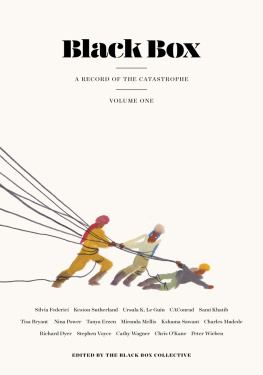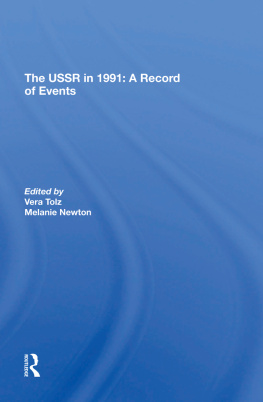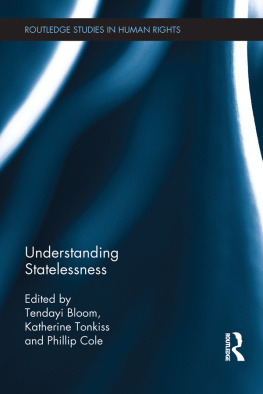That things are status quo is the catastrophe.
Walter Benjamin
The Black Box Collective emerged after several years of symposia, reading groups, summer camps, wood-splitting, and barn-raising. The poets, journalists, academics, metaphysicians, artists, and strategists of the collective gather regularly at a retired dairy farm in the foothills of the Cascade Mountains north of Seattle to explore consciousness, community, and the circulation of communizing/commonizing currents. Black Box: A Record of the Catastrophe is our first attempt to assemble a critique that might awaken us from the dream world that is so efficiently reproduced by capitalist culture.
EDITORS
Stuart Smithers, Brendan Kiley, Eirik Steinhoff,
Bethany Jean Clement, and Nadya Zimmerman
DESIGN DIRECTOR
Corianton Hale
FEATURED ILLUSTRATOR
Peter Wieben
INVALUABLE SUPPORT FROM
Smoke Farm and its affiliates
www.blackboxcollective.org
Please send correspondence and submissions to
Writing and art 2015 the respective author or artist
This collection 2015 Black Box Collective
This edition 2015 PM Press
ISBN: 9781629631233
Library of Congress Control Number: 2015930904
PM Press
P.O. Box 23912
Oakland, CA 94623
www.pmpress.org
10 9 8 7 6 5 4 3 2 1
Printed by the Employee Owners of
Thomson-Shore in Dexter, Michigan.
www.thomsonshore.com
Contents
The Weight of All Those Machines
Peter Wieben
What Is a Life in Angola Prison?
Tanya Erzen
The Logic of the Martyr
Stuart Smithers
Catheter Enjambment
CAConrad
Precarious Labor: A Feminist Viewpoint
Silvia Federici
Dishwasher
Fernando Fortin
Review of The Snail
Miranda Mellis
Bergsonism
Jorge Carrera Andrade
Which Little Flicker of Facial Recognition Am I?
Emily Abendroth
The Difference Is Spreading: Sabotage and Aesthetics
Eirik Steinhoff
Weimar on the Bay
Patrik d-Noir
The Politics of Pure Means: Walter Benjamin on Divine Violence
Sami Khatib
The Necessary Ingredient
Interview with Kshama Sawant
After the Revolution
Charles Tonderai Mudede
Protect Me from What I Want
Alli Warren
Thoughts on Revolutionary Indifference; or, The Thermodynamics of Militancy
Daniel Hartley
Fieldbook: Pharsalia
Joel Felix
In Defense of Disco
Richard Dyer
native code
Roberto Harrison
Drone On: Scene Five
Stephen Voyce
Vergil
David Hadbawnik
The Problem of Dido
Tisa Bryant
Unknown Race Male
Mitchell Incln
Hole Poems
Cathy Wagner
The Process of Domination Spews Out Tatters of Subjugated Nature: Critical Theory, Negative Totality, and the State of Extraction
Chris OKane
Parties/Partying/the Party
Olive Blackburn
Epigrams by Ernesto Cardenal
Alejandro de Acosta
Simplicity
Keston Sutherland
The Pigeon and Me
Sergio Hyland
The Ones Who Walk Away from Omelas
Ursula K. Le Guin
Exiting the One-Dimensional
Nina Power
ARTISTIC CONTRIBUTIONS : Peter Wieben, John Criscitello, Carl Lehman-Haupt, Kathleen Cramer, John Beauparlant, Corianton Hale.


The Weight of All Those Machines
PETER WIEBEN
T here are many men there, thousands of them. But they do not weigh as much as the machines. The men are crawling all over the ships. The ships have been pulled out of the water using big winches that are sunk into the sand on the beach. The winches alone outweigh the men. They pull the ships up onto shore, then the men are released to swarm them. They cut them to pieces with oxygen torches and acetylene torches. The pieces they cut fall off and are very large. Sometimes, the pieces are as big as buildings. The fat man, the owner of lot 161, told us that five men die in Alang each year. Will sensed that he was lying, and I did too.
Once the pieces are on shore, they are dragged up the beach by the men. Sometimes the machines help. The pieces are just slices of ship. Sometimes, the slices come from the front of the ship, like bread slices. Other times, the slices come from the sides, like turkey slices. Either way, they must be picked apart.
It is interesting to see what is inside a big ship like that. I got to look right inside. I could see the rooms. Sometimes the plumbing is visible, or stairs. Sometimes the insulation is. Will told me that one reason the number of deaths is higher than five is because there are no masks or filters in the ship-breaking yard. Whatever comes out of the ship, if it is not scrap metal or something usable (like a lifejacket), is set on fire.
Sometimes an oil tanker arrives. In these cases, the tanker is cut open on shore and the oil spills out. That is why the Alang coast is brown. I thought that anyway, and I told Will. Will told me that the coast is always brown in India, not just in Alang. I walked down to the mud and smelled it. It smelled like shit. Will told me that is because the workers do not have any plumbing in their homes.
Will is a factory worker from Tulsa, Oklahoma. For this reason, he was more adjusted to the environment of the Alang ship-breaking yard. For example, when we approached the ships, after we were frisked and interrogated a little, we walked over a piece of metal that was being cut by two men wearing no shoes. The cutting was happening with what was either an oxygen torch or an acetylene torch. The sparks were quite hot, but we walked right through them. There was very little air to breathe. The smoke, combined with the chemicals, the exhaust of the machines, and the stinking ocean made it so I hated my own breathing. Will said that was normal. I was unable to cover my mouth with my T-shirt because I was supposed to be a hardened factory worker like Will and not just some idiot with a notebook.
I saw a worker there and I told Will that he couldnt be older than 15. Will said that was bad. But then he told me that he started work in a foundry when he was 17. It wasnt good, he said, but he really couldnt judge.
Later, we stood underneath a crane that was handling a large piece of a ship. It was swinging over our heads. I was nervous to be beneath this piece of ship. The piece was bigger than a van. I was afraid the piece would fall and crush us, but again Will said this was fairly normal. The ship they were breaking was Japanese. It was constructed in 1999.
I asked Will if he thought human rights abuses were happening in the shipyard in Alang. I told him that I had read in many newspapers that these ship-breaking yards were the scene of human rights abuses. In fact, I believed that I had seen some with my own eyes. Will said he didnt really think so. He said the pay was better here than in many parts of India. Besides, he said, the conditions were not that much worse here than in the average factory. The reason the shipyards were big news was because Westerners felt guilty that their ships were being broken up here.
We sat with the owner of lot 161. His face was so round and so pudgy that his eyes were really squinty and gangster-looking. I do not know if he was actually evil, though. While we were with him, he received a delivery which he unwrapped and passed around for Will and me to look at. The delivery was a very ornate box. The box was made of very fine wood and had beautiful engravings all around it. Inside of the box was a book with what looked like original Persian miniatures on it. They depicted a king with his entourage. The king was on a horse. Inside the book was a wedding invitation. Save the date, only, the fat man said.
Next page













